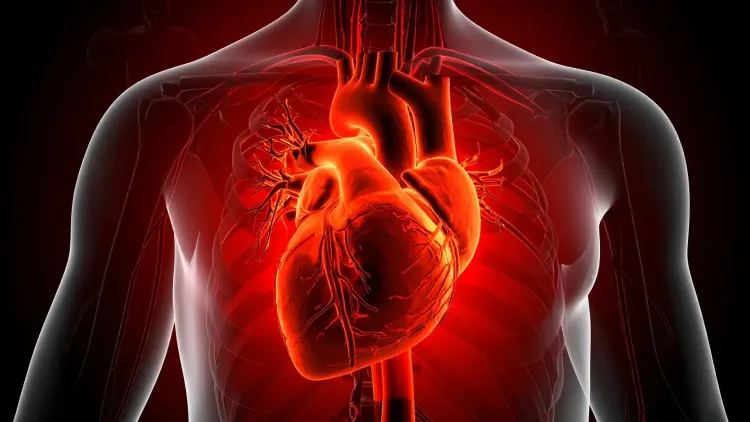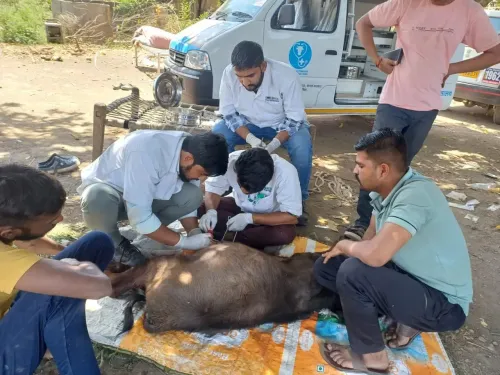How Many Lives Are Lost to Heart Diseases Every Minute in South-East Asia?

Synopsis
Key Takeaways
- Heart diseases result in eight deaths every minute in South-East Asia.
- Cardiovascular diseases are a leading cause of mortality, with many premature deaths.
- Major risk factors include hypertension and diabetes.
- Public health initiatives are underway to manage millions with these conditions.
- Awareness and lifestyle changes are crucial in combating heart diseases.
New Delhi, Sep 27 (NationPress) Heart diseases stand as the primary cause of mortality in South-East Asia, with eight individuals succumbing to the condition every minute, according to the World Health Organization (WHO) on Saturday, coinciding with the approach of World Heart Day.
World Heart Day is celebrated annually on September 29 to promote awareness surrounding heart diseases and the significance of early detection in enhancing lives. The theme for this year is ‘Don’t Miss a Beat’.
“Every minute, eight lives are lost to cardiovascular diseases (CVDs) in the WHO South-East Asia Region. CVDs remain a top cause of death in the region, with half of the fatalities being premature, affecting individuals under 70 years of age,” stated Dr. Catharina Boehme, Officer-in-Charge, WHO South-East Asia.
Major contributors to CVDs include hypertension, diabetes, tobacco use, alcohol intake, unhealthy diets laden with salt and fats, and lack of physical activity.
“A significant 85% of those suffering from hypertension and diabetes in the region lack proper control over their conditions,” Boehme noted.
“As the population ages and urbanization increases, the susceptibility to CVDs is growing, thereby straining already limited health resources,” she added.
The expert mentioned that in the preceding two years, policy actions and clinical initiatives by various countries have evidenced positive results.
“By June 2025, public health facilities will offer protocol-driven management for over 90 million individuals dealing with hypertension and diabetes,” Boehme remarked.
She also highlighted existing challenges like insufficient fiscal and regulatory measures, weak policy enforcement, and poor monitoring of marketing practices related to unhealthy products, which impede progress.
Emphasizing the urgent need for enhanced public awareness, she advocated for a comprehensive societal approach to combat CVDs.
“For individuals, quitting tobacco, minimizing salt consumption, engaging in regular physical activity, and effectively managing stress are vital for a healthy heart. For governments and policymakers, implementing salt-reduction strategies, abolishing industrial trans-fats from the food supply, and enforcing strict tobacco control laws should be paramount,” Boehme concluded.









